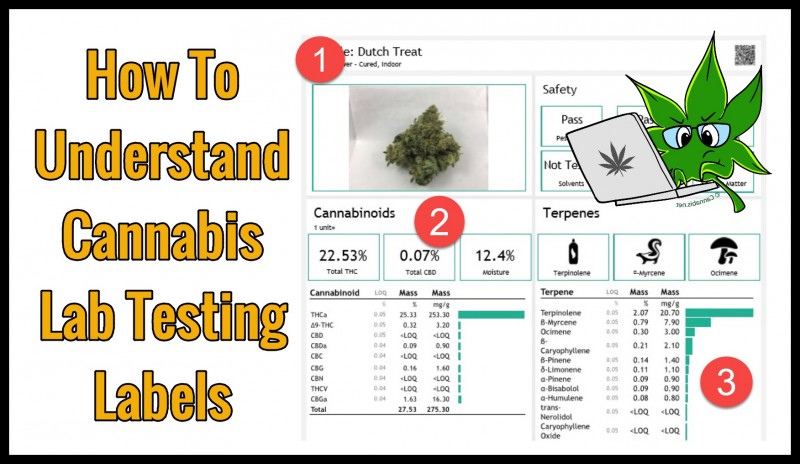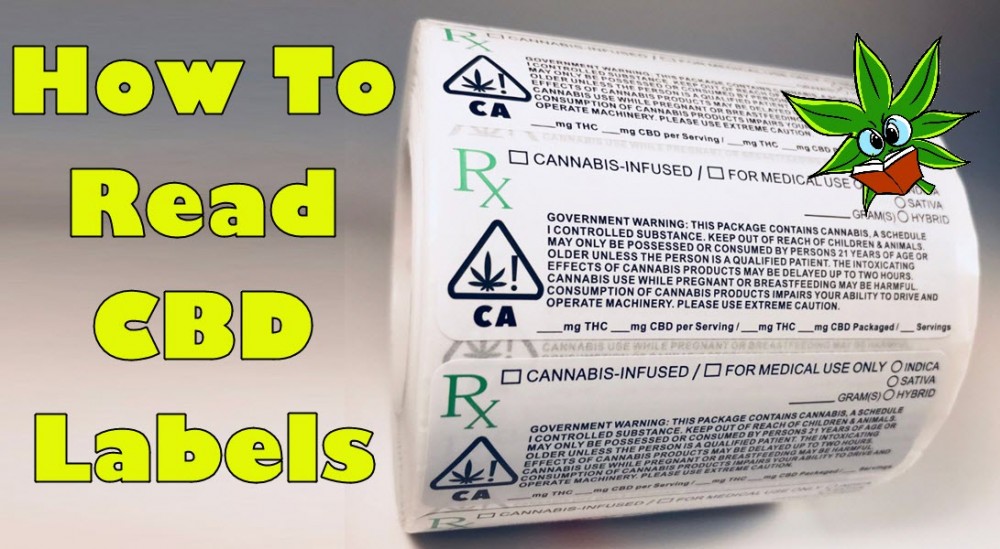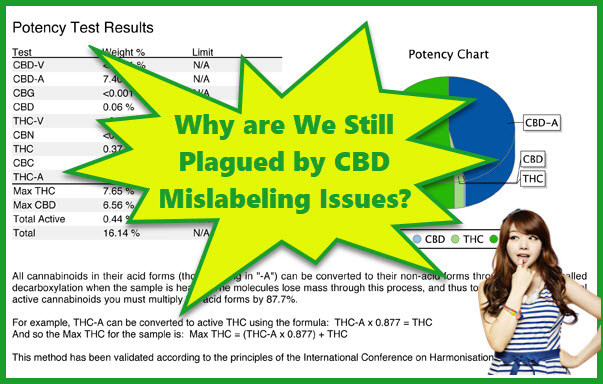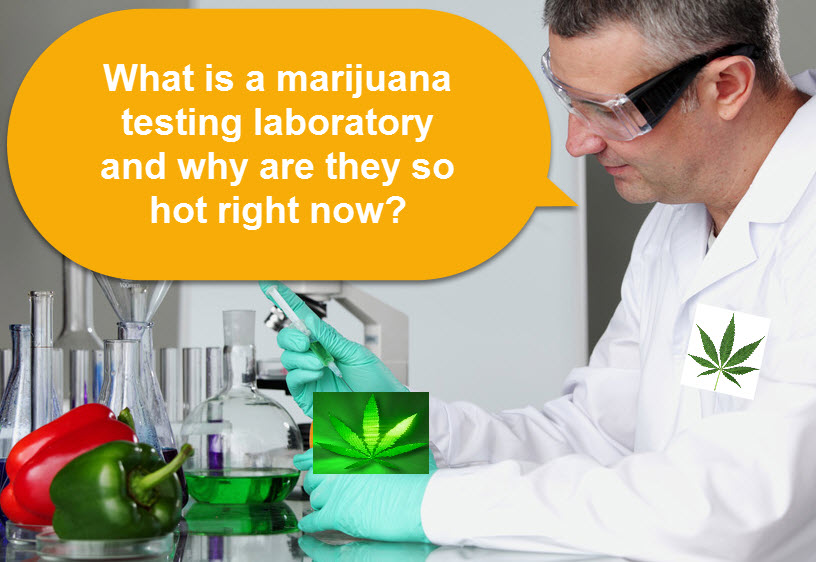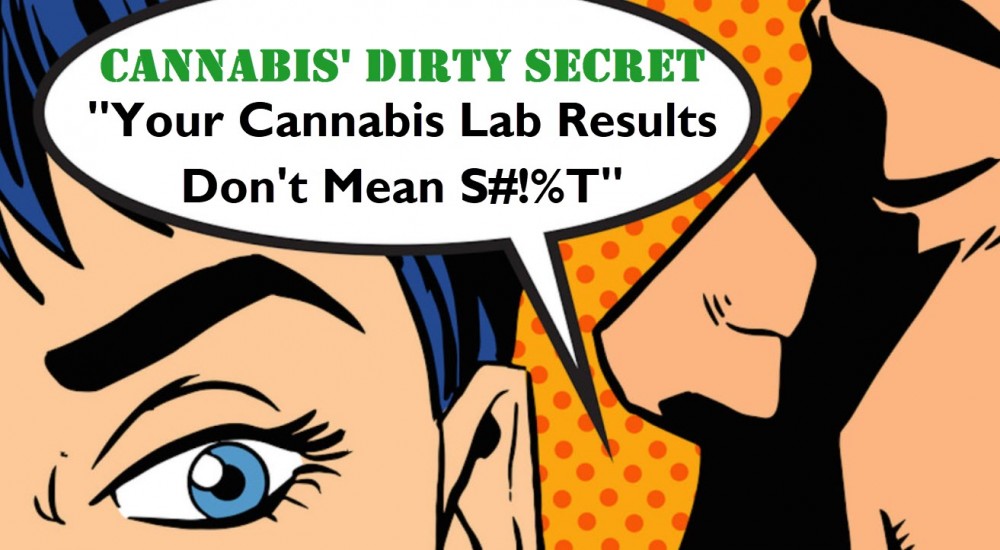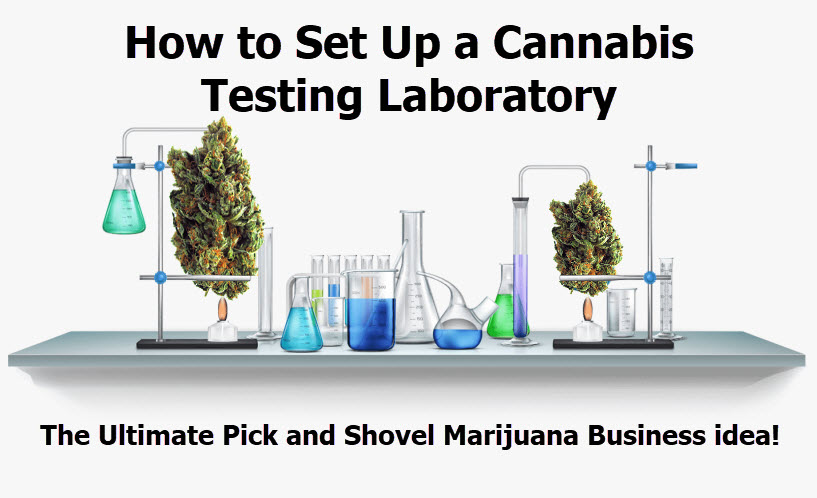How To Understand Cannabis Lab Testing Labels
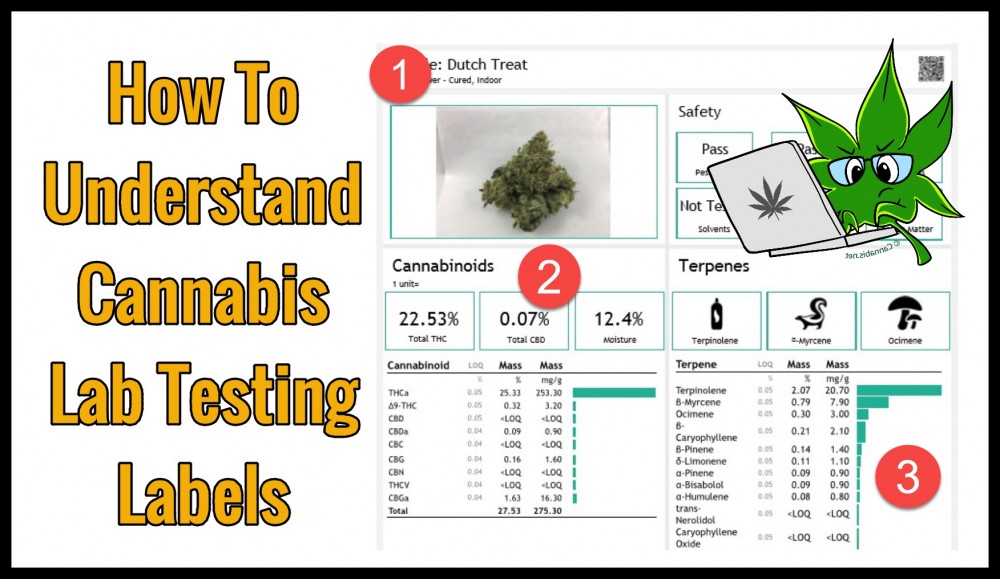
As cannabis becomes more mainstream, people are paying more attention to the quality of the product being consumed. The focus is no longer about legalities, but finding out exactly what’s in the pot you’re smoking.
By now we know that not all cannabis is made equal. You don’t want nasty things like pesticides and mold in the pot you’re smoking, which is counterproductive especially if you’re taking it for health purposes. There are right and wrong ways of growing it, and in order to ensure that recreational and medical users are getting the kind of clean cannabis we need, laboratory testing is needed. For this reason, it’s no longer uncommon to walk into a dispensary and find cannabis with lab testing labels similar to the nutrition labels you’d find in food. This is still a fairly new practice, but it can get confusing. However, it’s a good thing because it means more people are paying attention to what’s being consumed.
Cannabis is a Schedule 1 drug, and because of this there is no federal oversight that regulates or approves cannabis before it hits dispensary shelves. Some states have specific mandates regarding lab testing, and it’s the only thing we can count on for now to know what truly goes into our pot.
Cannabis Labels: The Basics
There is no universal standard or format in cannabis labels, but here’s some of the basic information you might see on a label:
Strain name
Company/cultivator
Strain type
Weight
Warning information (varies by state)
Nutritional information (for edibles)
Ingredient list (for edibles)
Cannabinoid percentages
Terpene percentages
Additional information
Lot number
Tested on date
Packaged on date
Harvested on date
Use by date
Things To Look Out For
Strain Name: This tells you the strain name, and if it’s a sativa, indica, or hybrid (strain type). This information is helpful for consumers who are looking for strains that produce a certain effect such as uplifting, energizing, relaxing, etc. Many strains are also bred according to its medicinal properties or the effects they produce, so in this case, you can judge a book by it’s cover.
Test Expiration Date: This date tells you when the lab test results expire. For example, if the test expiration date says 6/1/2019, this means that the lab test results are no longer valid by this date. Keep in mind that the test expiration date is different from the product expiration date, labeled as Use By in some cases.
Cannabinoids: The two primary cannabinoids are tetrahydrocannabinol (THC) and cannabidiol (CBD). These cannabinoids have their own special medicinal benefits. The higher the THC percentage, the more potent it is in terms of a high. Other cannabinoids you may see on a label include:
- THCA: Tetrahydrocannabinolic acid is the raw, non-psychoactive precursor of THC. In order to experience the high brought on by THCA, you’ll need to heat it up through decarboxylation or burning (once smoked). The more THCA there is, the more potent it is once burnt.
- THC: Strains with around 18-25% THC are considered high THC strains. In edibles, the THC content is usually represented using milligrams. If you aren’t sure how much you should be consuming, it is advisable to start with low doses of around 5mg THC. THC isn’t just good for getting you high: its medicinal benefits include increasing appetite, pain relief, sleep disorders, PTSD, and more.
- CBDA: Just like THCA, cannabidiolic acid is the precursor to CBD. Similarly, it converts to CBD with heat.
- CBD: Cannabidiol is the therapeutic superstar when it comes to cannabinoids. It’s used to treat a wide range of conditions from anxiety, depression, inflammation, tumors, neurodegeneration, epilepsy, and nausea, to name a few.
Other cannabinoids you may come across on a label include CBG and CBN.
Terpenes: Terpenes are an organic compound found in all plants, including cannabis. It’s what gives your favorite strain its unique scent. More than that, terpenes have been found to have therapeutic benefits as well. Some common terpenes you may see on a label include limonene, myrcene, linalool, and caryophyllene.
Some labels may also include information on the mold and pesticide content, as well as residual solvents. Generally speaking, pesticide levels should be below 0.1 parts per million, so a label can tell you if the product has passed or not.
Learning how to read cannabis product labels will give you a better idea of what you can expect, while reducing the risk of consuming contaminated cannabis.
OTHER STORIES YOU MAY ENJOY...
HOW TO READ CBD LABELS, CLICK HERE.
OR..
WHY CBD LABELING IS MISTAKE PRONE, CLICK HERE.
OR...
MARIJUANA TESTING LAB IDEAS, READ THIS, CLICK HERE.
OR..
WHY CANANBIS LAB RESULTS ARE CRAP, CLICK HERE.
